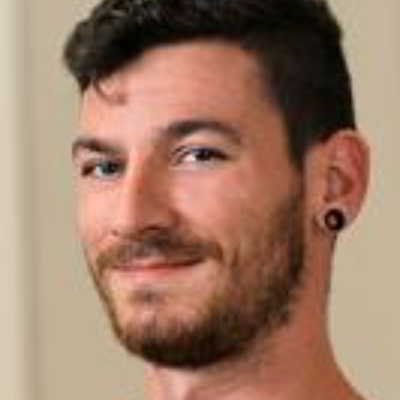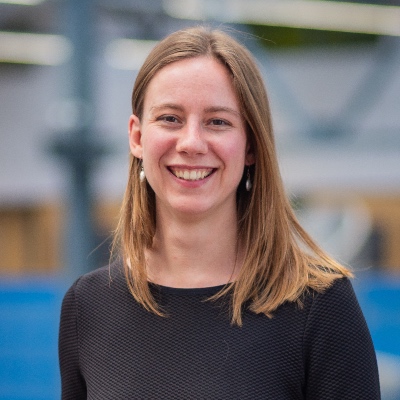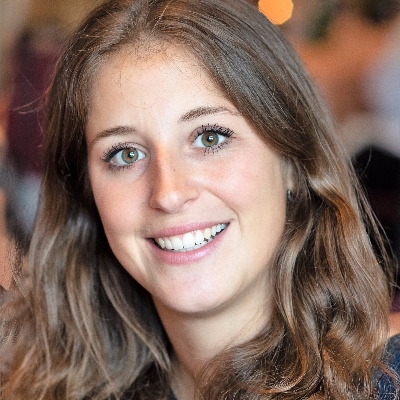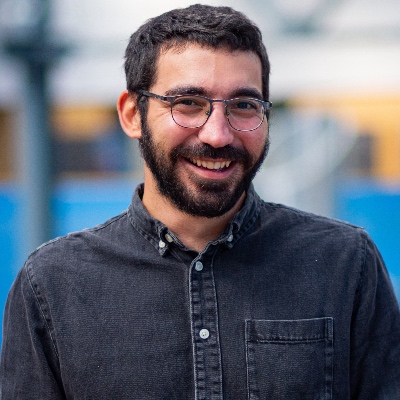Four PhD students from the Equal-Life team discuss their areas of research into the child exposome, looking at the environment children are raised in and the effects it has on mental health and cognitive development
The Equal-Life project looks at early exposures during childhood through an integrated study of external social and physical and internal factors to understand cognitive development and mental health later on in life.
As part of the European Human Exposome Network the Equal-Life project team aims to propose the best environments for children to grow up in, as the quality of life, social relations and interactions and their physical surroundings can effect their development and mental health later in life.
While some exposures come from internal and external processes at the individual level, like passive smoking or a poor diet, other exposures can affect entire population sizes – as seen with the COVID-19 pandemic and climate change. These exposures can also be intensified by existing inequalities like poverty.
The Equal-Life team aims to develop new solutions to improving mental health, such as bettering the housing environment and contributing to healthier outdoor environments for European children. They prioritise intervention at an early age, as improving child mental health can improve society through the eradication of social inequalities, and vice versa.
When it comes to the work you’re doing on child exposome, what are your key objectives?

Christoph Giehl: My main topic is “statistical research methods” and so-called “measurement errors” in social-, human-, and health- research. A problem with this is that if our measures are biased, our results might be biased as well if we don’t come up with statistical methods which are able to “correct” those biases. When working with biomarkers (e.g., certain hormone levels measured from blood samples), this is usually less of a problem since we can expect those biomarkers to be rather objective. However, in Equal-Life apart from biomarkers, self-reported as well as measured indicators of mental health and cognitive development are available.
My key objective when working on child exposome is to develop statistical methods and model frameworks which can adjust for potential biases, for example when mothers don’t want to share that they smoked or drank alcohol during pregnancy, or children who do not want to share that they get bullied in school etc. As a result, we can reach less biased measures and estimates of child exposome and mental health outcomes and thus less biased results which will represent the reality better.

Roos Teeuwen: My key objective is to create new ways to measure children’s exposure to urban green spaces so that they match better with children’s preferences and day-to-day lives. Urban green spaces include parks, fields, and bushes. Many people of any age living in cities feel a strong desire to have green spaces in their everyday environments. We know how children love playing and socialising in green environments, not only around their homes but also near their schools, and that the expectations they have of such spaces vary with age. However, in the way that cities measure the value of their greenspaces this variance is not yet accounted for.
Sammie Jansen: The objectives of my PhD research are to provide an overview of the ethical aspects and societal implications of child exposome research in the mental health domain. For this, it is important to understand what kinds of results the Equal-Life project aims for, what the possible consequences of these results are, and examine the possible normative implications thereof.

For my research, I study the ethics literature on topics related to exposome research, conceptually and normatively analysing the expected implications of exposome research. I also discuss the possible ethical implications with researchers and stakeholders using interviews and focus groups.
Vasileios Milias: My focus within the Equal-Life project is to identify and measure the characteristics of the urban environment that could be used as indicators of potential exposures (for instance, being exposed to noise, air pollution, and other individuals). I study the concept of accessibility, a term simple to use but complex to define and measure, and I am puzzled by what “easy access” to a place could or should reflect.

This “easiness” is often translated to travelling time, cost, or distance. But could it also be translated to exposures that affect people’s mental health? Arguably, a 10-minute walk through a dark, scary alley is not the same as a 10-minute walk through a vibrant street with many trees and flowers. My objective is to revisit existing accessibility methods and enrich them while accounting for exposures that influence people’s mental health.
What have you discovered in the connection between child mental health and quality of life?
Christoph: For the analyses, we saw a high connection between the two concepts, meaning that the higher the quality of life, the better mental health can be. It is when analysing this relationship in more detail that things get complicated. Even though we can see a connection, not all children with “good” mental health are exposed to high quality of life, children with “bad” mental health can still report high quality of life, and so on. Therefore, there might be other factors affecting the relationship between the two concepts? Maybe child mental health is nested within the quality of life concept? These are the actual questions we are researching right now. The Equal-Life project is a perfect place to answer this, as we have a large amount of data.
Roos: In cities, the ways in which we move around from place to place are highly dependent on the road network. It is important to account for such dependencies while studying children’s accessibility to greenspace. When we use road network measures to quantify home-based, school-based, or commute-based access to greenspaces, our results suggest size and shape, as well as the configuration and density of surrounding facilities, are key to hosting children’s activities in green urban environments.
Sammie: In Equal-Life, combinations of early risk and protective factors are studied that can be related to mental health outcomes later in life. Identifying indicators and the children and/or environments that carry them will hopefully lead to future interventions to improve mental health outcomes, thereby contributing to public health. However, identifying and labelling groups of children at risk and/or the environments that can be of benefit or harm to them can also have harmful effects that should be mitigated. For example, it can cause worries and negative health effects in at-risk children and their parents.
Does your research have the potential to reshape how people raise their children?
Christoph: I hope so. Parents might not have the opportunity to react to our results. For example, the results might confirm that exposure to high levels of environmental noise combined with a lack of green areas where children live may have a negative effect on their cognitive development. However, the parents might need to live in the given area because the rent is lower. If this is the case, the chances to react to such findings are very limited for parents with a lower income. If they cannot afford to move, they are forced to live in a place where more negative exposures occur. I think the main stakeholders of our results should be policymakers rather than parents.
Roos: Reading the ever-growing amount of research on the importance of urban greenspace for health and well-being, I hope this evidence inspires families to visit greenspaces regularly. I aim to empower cities to quantify the true value of vegetation in their urban jungles, so that they can structurally improve the quality of life for children in cities. Ideally, children simply encounter vegetation that suits their preferences in the places they visit in their daily routines.
Sammie: The findings of Equal-Life can improve the environments children grow up in, not only by the way people raise their children, but also by the way planners improve the environmental quality for them. There is still a taboo around many mental health issues, hopefully Equal-Life’s results will contribute to breaking some of these taboos and to evoke (action). However, the sensitivity of the topic requires caution and thoughtfulness in communication to stakeholders. Parents and other stakeholders need to be consulted during our research to avoid results and interventions that do not match their needs, or worse, causes harm.
Vasileios: I aim to enable urban planners and policymakers to reshape cities, neighbourhoods, and streets towards the creation of living environments which promote healthy behaviours and wellbeing. Admittedly, changing the urban environment could also affect the way people raise their children. For instance, feeling secure enough to encourage your child to walk around the neighbourhood and explore it without supervision could significantly change how children are raised. I would not attempt to say that my research, just by itself, has the potential to reshape how people raise their children. Instead, I hope that through my research I contribute knowledge on how to make urban environments healthier for children and people in general.
What are you most excited about when it comes to the future of this project?
Christoph: Right now, we are mainly developing different models to analyse data within the individual cohorts and school studies, while we are also harmonising data between cohorts for so-called meta-analyses. I am most excited for this upcoming stage, doing the meta-analyses, especially with regards to analysing the mechanisms leading to good mental health.
Roos: Most exciting about Equal-Life to me is how it aims to address the multitude of exposures together forming the exposome. Exposure to greenspace is only one of these, and I look forward to exploring with my fellow researchers how it connects to the exposome. How is the usage of greenspaces affected by urban safety? How do soundscapes or air quality in greenspaces affect health? What interplay can we find between social exposures and opportunities for green play? These are questions I would love to answer!
Sammie: I am excited to be part of the Equal-Life research consortium and to work towards a better future for all children. I do this by reflecting on the ethical and societal dimensions of the research and by working on translating my results on ethical considerations into recommendations for the policy domain.
Vasileios: Equal-Life has brought together researchers working in different disciplines and talking in different “scientific languages” to work towards a common goal. What I am most excited to see is how all the different results and perspectives will be glued together and what newly discovered correlations between the different exposures and children’s mental health will emerge throughout this fascinating project.

This work is licensed under Creative Commons Attribution-NonCommercial-NoDerivatives 4.0 International.


